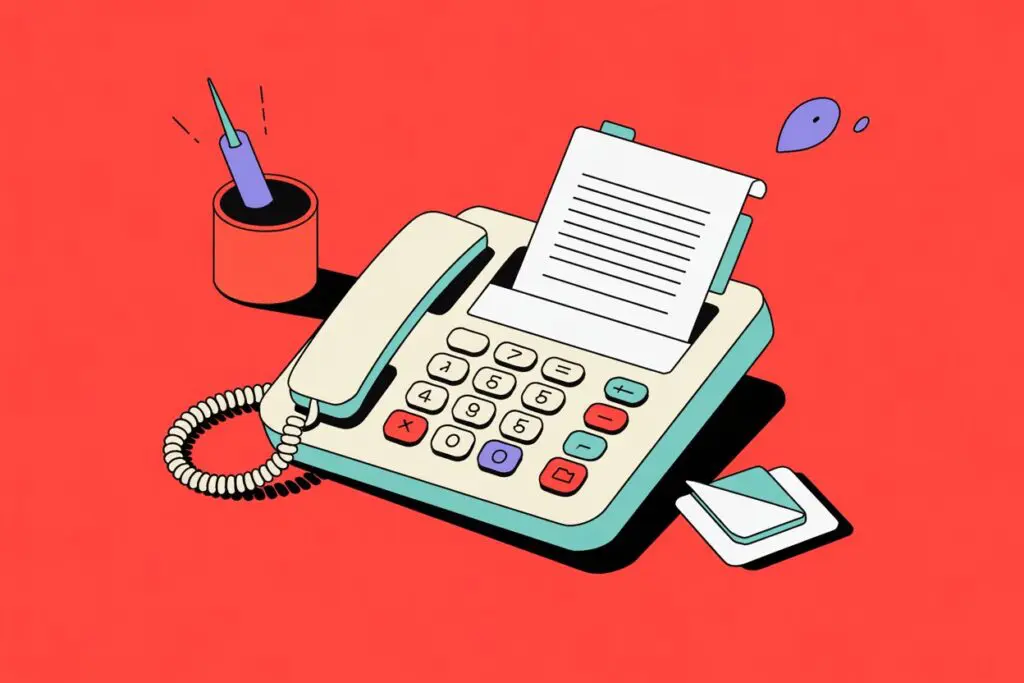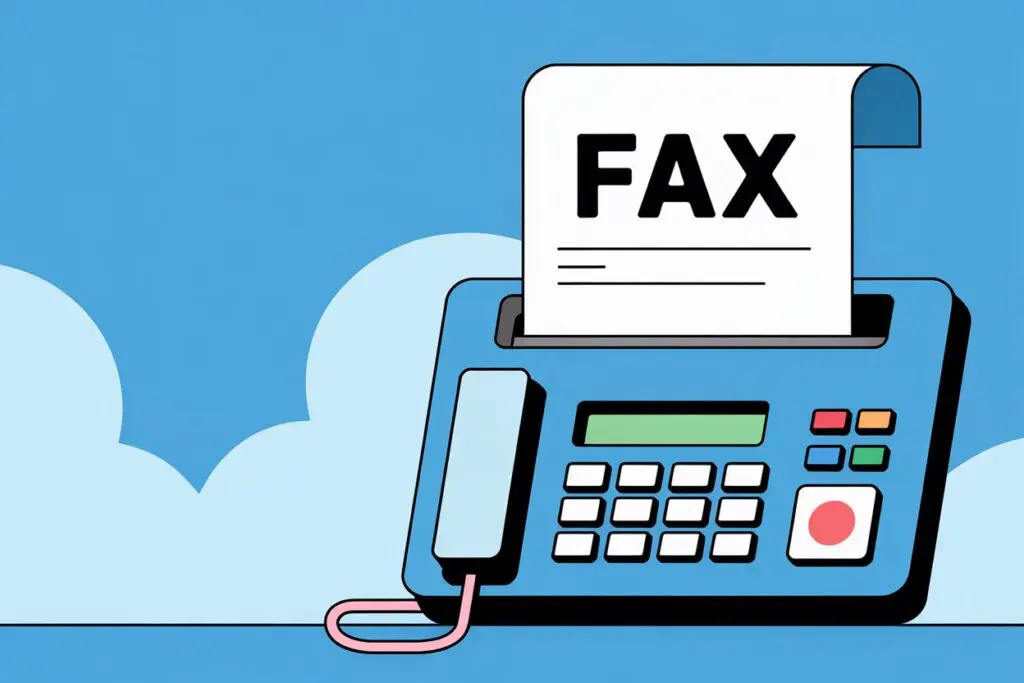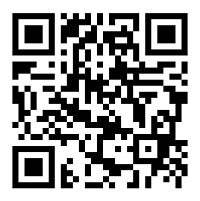Dialing a fax number seems easy—until it’s suddenly not. Between figuring out area codes, knowing whether to include a “1,” and double-checking if that old fax machine is actually alive, it can feel overwhelming. To dial a fax number correctly, match the process to a regular phone call: add the area code and “1” for long distance, just like you would if you were calling someone—no fancy tricks, just straightforward digits.
Faxing might sound old-school, but it’s still crucial for contracts, prescriptions, and other official documents. That’s why online fax platforms like Municorn Fax are so popular—they let people send faxes right from their computers, no bulky machine required. For anyone just wanting to send their paperwork smoothly, getting the fax number right is half the battle—stick around to learn exactly how.
How Fax Numbers Differ from Regular Phone Numbers
So here’s the thing—on the outside, fax numbers look almost identical to regular phone numbers. You punch them in the same way. If you pull out your phone and dial a fax number, it’ll ring (you’ll probably just hear odd beeps and screeches instead of a voice). But beneath the surface, their roles branch off quickly.
A regular phone number connects people for conversation. A fax number, however, is designed for machines that transmit documents. When you call a fax line, your call is picked up by a fax machine, not a person. If you try to talk, it won’t get you far—just a confusion of sounds.
Interestingly, in some small offices, the fax number and phone number may even be the same line, although that’s rare and usually pretty inconvenient. Most businesses set fax numbers one digit away from their main line for quick recognition, so someone calling or sending a fax won’t get lost in a phone maze.
And as faxing goes digital, online fax numbers blend perfectly into cloud-based platforms. With a lot of online fax providers, you get a dedicated fax number—no clunky hardware required—but people can send documents to you just like they would with a traditional landline fax.
Components of a Fax Number
A fax number isn’t just a jumble of numbers; it’s carefully structured to guarantee delivery to the correct place—like a digital mailing address you can’t afford to mess up. Let’s break it down:
- Country Code — Required when faxing internationally. For example: +1 in the United States or +44 for the United Kingdom.
- Area Code — Shows the destination’s region. It often matches the business or recipient’s location.
- Main Number — This part identifies the specific line. It’s unique to each machine or online fax setup.
Here’s a quick example:
US Fax Number: +1 (212) 555-1234
UK Fax Number: +44 20 7946 0857
Old-fashioned fax machines use the same number as the phone line plugged into their “fax” port, while all-in-one printers or online fax services list the assigned fax number in their setup menus.
With Municorn Fax, users get a digital fax number that works no matter where they’re located. It’s practically plug-and-play—no tangled cords or complicated setup. Plus, online fax solutions usually stick close to standard phone number formats, so there’s little learning curve for new users.
A common hiccup? Dialing the wrong area code or leaving off the country code for international faxes. This tiny mistake can send documents halfway around the world or, even worse, nowhere at all. So, always double-check the format—especially if you’re sending something important.
Fax Tones, Beeps, and Fax Calls

Ever accidentally called a fax number? The loud beeping and static can feel like a bad sci-fi movie, but there’s actually a purpose behind it. When a fax call connects, the fax machine on the other end sends out signature tones—sometimes called a handshake. It’s a mix of quick beeps, mechanical whirs, and modulated noises. These sounds are digital “handshakes,” making sure both machines speak the same language.
Here’s how it breaks down:
- Call connects: Silence or a faint click
- Fax tones start: High-pitched beeps and chirps
- Negotiation: Both devices pick speed and error-correction settings
- Data transmission: The real document data flows across, out of earshot
If you hear these noises, it almost always means you’ve reached a fax machine (not a person). That’s important for businesses using shared phone lines; staff immediately know a call isn’t for them, but a fax is probably arriving. In online platforms, these sounds still happen, but users don’t hear them—they’re just digital handshakes behind the scenes. So, the racket might be annoying, but it’s always a good sign that two fax machines are doing their job.
Dialing a Fax Number: Step-by-Step Guide
Connecting with someone via fax isn’t exactly rocket science, but knowing exactly how to enter that number—whether you’re aiming for a neighbor down the street or a business across the ocean—matters more than ever. Dialing methods can change based on the machine, your location, or if you’re using an online fax platform, and each way has its quirks.
To help see exactly what’s unique about each faxing method, see the breakdown below:
| Method | Steps Involved | Local or International | Common Issues | Recommended For |
|---|---|---|---|---|
| Fax Machine (Traditional) | Dial number, press send, wait for confirmation | Both | Busy line, wrong number | Offices with hardware |
| Online Fax Service (e.g., Municorn Fax) | Upload doc, enter number (with country code), send | Both | Incorrect format, upload fails | Remote or mobile workflow |
| Fax App (Android, iPhone) | Open app, scan/attach doc, enter number, tap send | Both | Wrong number | Mobile users |
| Email to Fax (via provider) | Compose email, use recipient fax#, send via platform | Both | Mistyped address, conversion | Professionals on the go |
| Calling a Fax Number (mistakenly) | Dial number as if phone call | Both | Fax tones, no conversation | Accidental or troubleshooting |
Sending a Fax Using a Fax Machine
Let’s say someone wants to send a fax the “old school” way—using an actual fax machine. Here, they’ll need the recipient’s fax number, usually in a ten-digit phone number format in the U.S. and Canada. If the document’s heading overseas, they’ll tack on the country code before dialing.
Before pressing the “Send” button, it’s smart to check if a “1” is needed first, especially for long-distance or international faxes. The area code is always required when faxing outside the local region, even if it feels unnecessary for local calls on a regular phone.
Once they dial, the fax machine calls up the recipient. If the line’s clear, the document zips over in a matter of seconds. A confirmation—printed or on-screen—lets them know it went through. But if there’s a busy signal, it’s worth double-checking the number or trying again in a few minutes.
Getting a busy tone or no confirmation? That’s a nudge to make sure the number is right—or maybe the recipient’s old machine just needs a break! And honestly, sending and receiving faxes over these machines is a little like handing off a note at the door; simple, but easily fumbled if you’re not careful.
International and Local Dialing Rules

Ever notice how landlines sometimes demand a leading “1” or a country code? Fax numbers work the same way. For most calls within the U.S. or Canada, folks usually don’t need to dial “1” unless they’d do so on a regular phone call. But for international faxes, the drill is different.
Here’s a quick look at dialing rules:
- Local: Dial just the area code and fax number (e.g., 555-123-4567)
- Long Distance (U.S./Canada): Dial “1” + area code + number (e.g., 1-555-123-4567) if it’s needed for regular phone calls
- International: Dial the exit code (like 011 in the U.S.), country code, and full fax number (e.g., 011-44-xxxxxxxxxx for the UK)
Remember, fax technology follows the same network as voice calls. So if someone’s used to making international or long-distance calls, faxing just feels like déjà vu. Messing up a digit? That just gets a failed transmission—nothing dramatic, but sometimes enough to pause a busy morning.
And for those using a VOIP line or IP-based system, it’s good to note that rules might change a bit. They should check with their online fax service or provider if things seem off.
What Happens If You Call a Fax Number
Here’s the thing: if someone calls a fax number as if they’re ringing up a friend, it won’t be a chat. Instead, the phone will connect—or try to—and then spit out a series of high-pitched beeps and screeches. That’s the fax machine talking; it’s expecting a document, not a hello.
This sound isn’t a sign of broken technology. Those tones are, in fact, normal—the fax handshake. On the sender’s end, it might sound annoying, almost like a robot dialing up the internet in the 1990s. And if the call came from a regular phone, there’s no chance at conversation—nothing but fax tones until the call’s dropped.
It’s not harmful to machines, but it can leave callers confused, especially if someone accidentally rings a company’s fax line instead of the main office. The lesson? Always double-check which number goes where—because calling a fax line gives a “hello” that nobody understands.
Using Online Fax Services and Fax Apps
Modern fax technology has changed how people send and receive faxes—no more waiting by the bulky machine or watching for that curling thermal paper. With online fax, it’s possible to fax from anywhere using a computer, tablet, or smartphone.
Here’s how it works in a nutshell: users upload their document, punch in the correct fax number (making sure to use the full international code if needed), and click send. Some services let users send a fax directly via email, where the recipient’s fax number becomes part of the email address, and the document is attached just like anything else.
Fax apps—like Municorn Fax App or other free-to-download options—are similar but optimized for mobile. They often scan papers using the camera, then send them as faxes straight from the app. Easy, fast, and surprisingly reliable.
Of course, the number still matters—format it wrong and it won’t go through. Most online faxing services and apps offer clear instructions, but a quick double-check never hurts. And because these platforms handle much of the hard work behind the scenes, the hassle of busy tones or wrong numbers is slashed.








